Higher classification Ivory gulls | Phylum Chordata Family Laridae Scientific name Larus crassirostris Rank Species | |
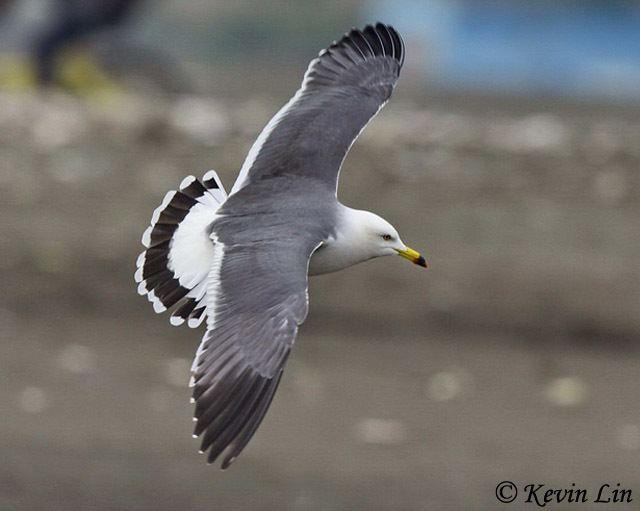 | ||
Similar Common gull, Bird, Slaty‑backed gull, Gulls, Black‑headed gull | ||
Black tailed gull at kabushima
The black-tailed gull (Larus crassirostris) is a gull native to East Asia.
Contents
- Black tailed gull at kabushima
- Black tailed gull birds of japan 3 umineko
- Description
- Distribution and habitat
- In Japan
- In North America
- Ecology
- References
Black tailed gull birds of japan 3 umineko
Description

The black-tailed gull is medium-sized (46 cm), with a wingspan of 126–128 cm. It has yellow legs and a red and black spot at the end of the bill. Males and females have identical plumage and features, although males are larger in size than females. This gull takes four years to reach full adult plumage. As the name suggests, it has a black tail. The bird has a cat-like call, giving it its Japanese name — umineko, "sea cat", and Korean name — gwaeng-yi gull, which means "cat" gull. In Hachinohe they are one of the 100 Soundscapes of Japan.
Distribution and habitat
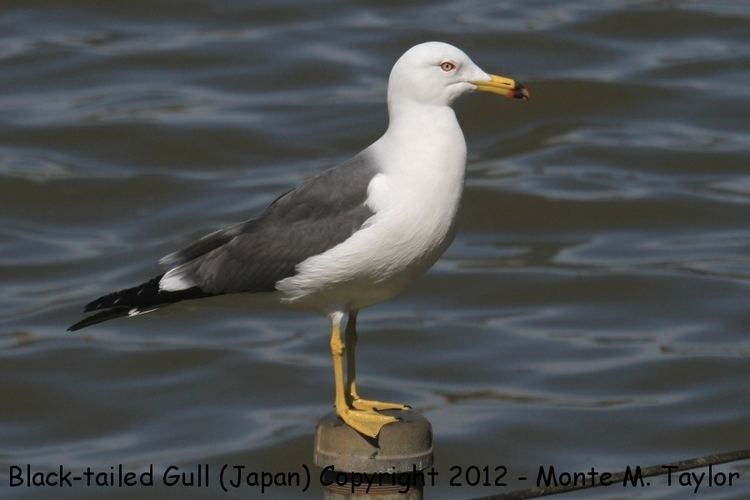
The species is resident in East Asia, including China, Taiwan, Japan and Korea. It is a vagrant to Alaska and North America and has been found in the Philippines.
In Japan
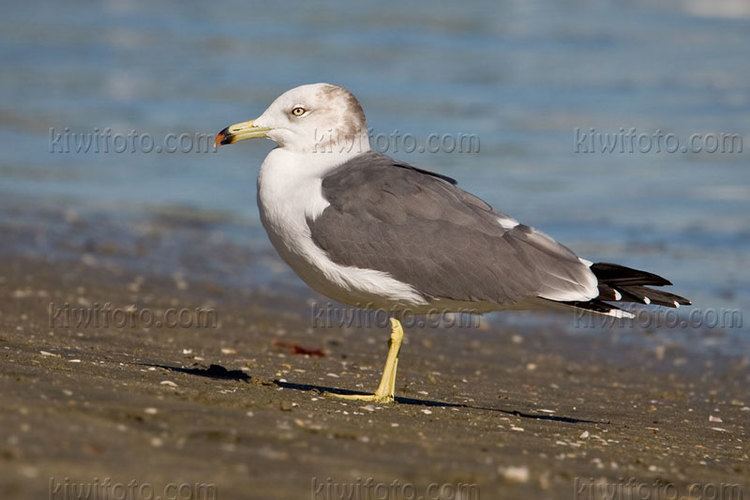
The bird is common in Japan, nesting from Hokkaido to Western Kyushu. It has caused flights to be delayed at Haneda Airport in Tokyo.
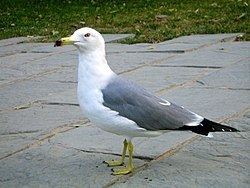
An enormous gathering of black-tailed gulls can be found at the Kabushima Shrine at Hachinohe, Aomori, Japan. This Shinto shrine was raised by fishermen in 1269 (though it has been rebuilt several times since) to honour the black-tailed gull, which is seen as a messenger of the goddess of the fishery. For over 700 years, the species has enjoyed reverence, feeding and protection from the local population. As a result, every summer, over 40,000 seagulls nest and raise their young in the grounds of the shrine and the surrounding island, which has been designated a National Natural Treasure by the government of Japan. The seagulls are very tame and are a popular local tourist attraction.

Around 5,000 birds also nest at Fumi-shima in Shimane Prefecture near Izumo Shrine, and there is a large colony at Teuri Island in Hokkaido.
In North America
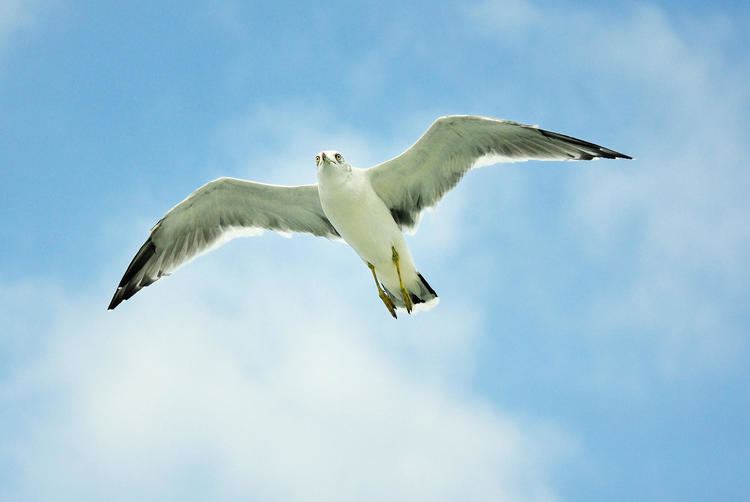
A rare visitor to the United States, a black-tailed gull was spotted from Burlington, Vermont, in October 2005. The bird has been spotted in Illinois several times.
Ecology
The black-tailed gull feeds mainly on small fish, molluscs, crustaceans scraps and carrion. It often follows ships and commercial fishing fleets. It also steals food from other seabirds. It is a colonial nester, with colonies forming in mid-April. 2–3 eggs are laid by early June. Incubation lasts approximately 24 days.
